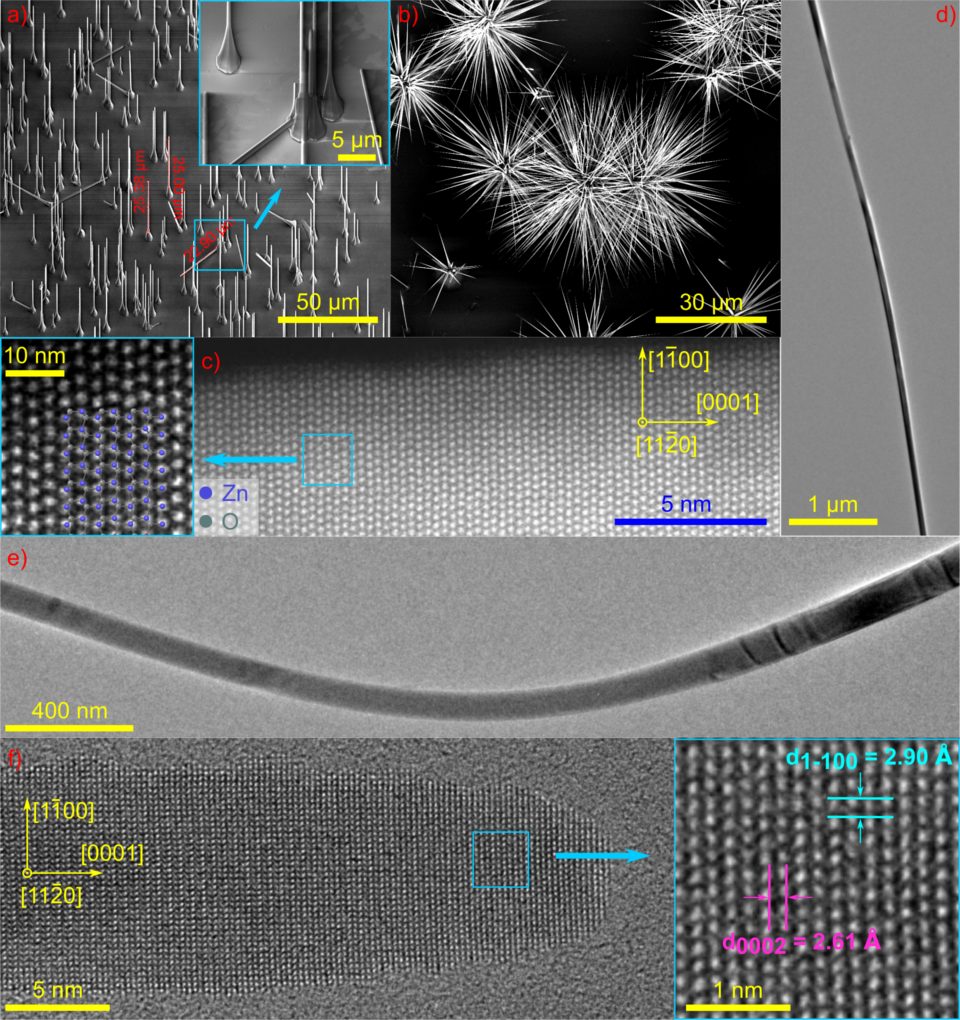The carbothermal method of nanowire growth has been known and successfully used for a long time to cultivate various types of nanowires. It was commonly believed that in this method, carbon was utilized solely for the reduction of metal oxide, and the formation of nanowires occurred through the oxidation of metal from the gas phase, with external oxygen supplied. Through modifications to this method and by restricting the access of oxygen, we were able to produce nanowires of exceptional structural and optical quality. Furthermore, this technique is much more cost-effective due to the elimination of the need for equipment to transport carrier gases. The half-width of the optical transition of the exciton bound to the donor in the photoluminescence spectrum, determined for a single nanowire, was only 0.5 meV (measurements conducted at the Faculty of Physics, University of Warsaw). Additionally, X-ray diffraction and high-resolution transmission electron microscopy measurements confirm the excellent structural quality of the nanowires obtained. As indicated by thermodynamic calculations based on equilibrium constants and Gibbs free energies (performed at the Institute of Physical Chemistry of the Polish Academy of Sciences), the reduction of zinc oxide by carbon monoxide played a crucial role in the growth process. It is noteworthy that carbon monoxide is a product of the initial stage of the growth process, not supplied from an external source. The chemical processes occurring in our system differed from the commonly accepted reactions responsible for carbothermal growth processes. Moreover, the presented method can be applied to the growth of other nanowires, such as gallium oxide.
